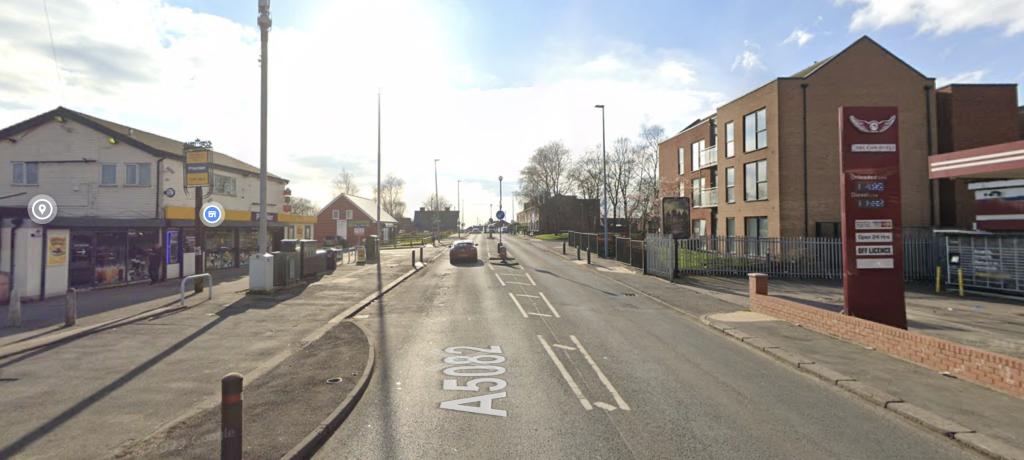
Two new pedestrian crossings are set to be built in Little Hulton after residents raised concerns over safety in the area.
The two crossings will be installed on the junction with Amblecote Drive West and near the junction with Old Lane, after several accidents along Cleggs Lane in the past eight years. The latter will also be accessible for cyclists.
The upgrades of the crossing points will see footpaths near the crossing widened, kerbs improved, resurfacing of the road and new Keep Clear red marking to help avoid vehicles blocking the junction when signals are on red.
More than 400 vehicles are estimated to travel along Cleggs Lane in peak times, causing issues for pedestrians trying to reach local schools, shops, Cleggs Lane Medical Practice and places of worship in the area.
Work will begin on August 7 and last for 12 weeks.
Dame Sarah Storey, Active Travel Commissioner for Greater Manchester, said: “Following collisions involving pedestrians along Cleggs Lane, I am very pleased to see the two new crossing points that Salford City Council have planned for this road.
“When I refreshed the active travel mission for Greater Manchester last year, two of the five priorities were to improve home to school travel via sustainable modes and to address road danger. More recently, it was also announced that the city-region was taking its first steps towards adopting Vision Zero next year.
“Crossings like these are able to support a number of different priorities with the most important being that they allow those walking, wheeling and cycling to remain safe on their short, local journeys.”
Councillor Mike McCusker, lead member for planning, added: “There was a positive response from the community for proposals for new crossings.
“Transport for Greater Manchester secured funding for the design work on crossings across Greater Manchester and we felt that this road in Little Hulton had to be a priority.
“The crossings will provide safe crossing points for the local community and encourage more short and local journeys by walking or cycling, which have huge benefits. They will also improve access to the Roe Green loopline as part of the Bee Network which is part of the Bee Network, the UK’s biggest walking and cycling network linked to public transport.”














One Comment